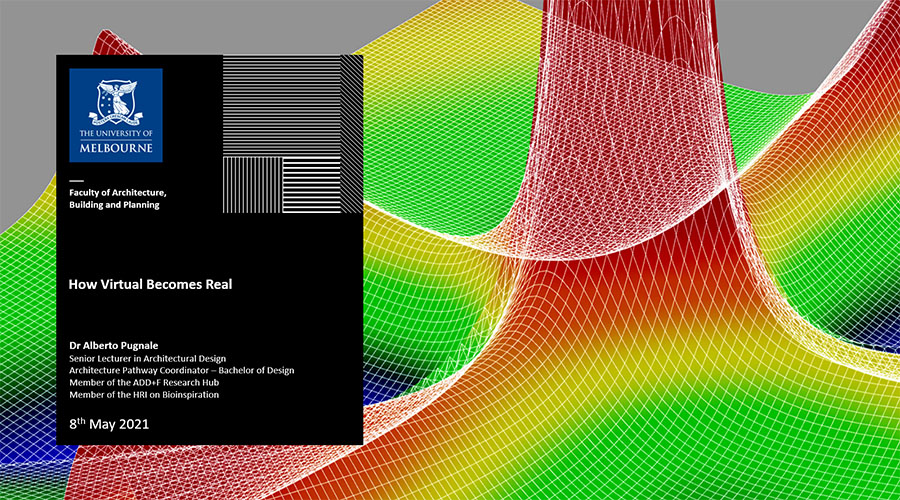This talk illustrates a variety of computational applications used to tackle the design of lightweight structures from different angles. The relationship between the virtual and the real – including theory and practice, historical precedent and projective design – is described through teaching & learning experiences based on the simultaneous and complementary use of physical models and numerical form-finding & optimisation tools. The continuity between past, present, and future is highlighted through the computational reinterpretation of historical case studies, and comparing classical problem-solving approaches with the emerging studies in Artificial Intelligence and Design Creativity.

DigitalFUTURES Talk : Light Structures
With the development of computers and technology, more and more structural engineers and architects use various computer-aid approaches to reduce the weight of the structures. Lightweight structures such as membrane structures, shells structures, structural surfaces, gridshell structures, lightweight trussed, topological optimized structures and polyhedral structures have become an integral part of the international building scene. This session brings together a group of world-leading architecture and engineering scholars who are experts on computational structural design methods to discuss these possibilities of improving architectural design quality during the conceptual stage of the design process.
Panelists:
Masoud Akbarzadeh / UPenn
Pierluigi D’Acunto / TU Munich
Caitlin Mueller / MIT
Alberto Pugnale / UniMelb
Yi Min "Mike" Xie / RMIT
Moderator: Ding Wen "Nic" Bao / RMIT


